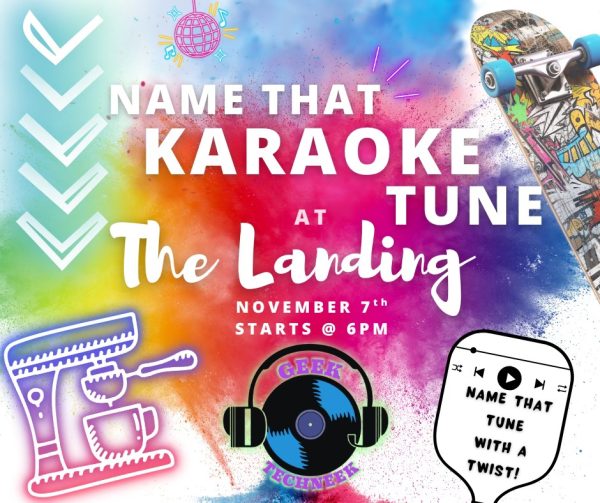Insulin costs in America
Is insulin a commodity or a basic human right?
In 1996, Eli Lilly, one of the leading suppliers of insulin in the US, began selling a 1-month supply of Humalog insulin for $21 a vial. The average cost of a vial of insulin in 2019 was around $275 – a 1200% increase.
With insulin prices consistently on the rise, patients with diabetes are wondering how they will continue to afford the insulin that they need to live.
History of Insulin
Insulin is a hormone produced by the human pancreas that helps to turn our food into energy and regulate the sugar in the blood. Insulin is necessary to live, but for people with diabetes, the body becomes resistant or stops producing it. For those with type 2 diabetes, the body still produces insulin, but it becomes resistant. Medications can help with this or sometimes additional insulin is needed. Those with type 1 diabetes, an autoimmune disease, cannot produce their own insulin and will need to use insulin (administered either by injection or through an insulin pump) for the rest of their lives.
Before insulin was discovered by Fredrick Banting in 1921, people with diabetes did not live very long. The only way that doctors knew to treat those with diabetes was to put them on extremely strict diets with very minimal carbohydrate intake. This treatment was not fully effective, especially not for those with type 1 diabetes (sometimes referred to as juvenile diabetes) as these harsh diets would, at most, buy patients a few more years, but did not provide a true remedy for their condition.
In Jan. 1922, 14-year-old Leonard Thompson lay dying in a small hospital in Toronto from diabetes. It was only a matter of time before his body would slowly start to shut down as his blood sugar rose to dangerously high levels. Leonard became the first person to receive the new insulin and within 24 hours, his blood sugar began to drop to near-normal levels. This was groundbreaking news for patients with diabetes. What was once a death sentence, became a manageable condition with the discovery of insulin. Individuals with diabetes were now able to live much longer lives.
The climb in prices
From 2014 to 2019, the average price of insulin climbed substantially as the average price per insulin unit rose 47%, from $0.23 to $0.34. That may not seem like much when looking at the price per unit, but when most vials hold 1,000 units of insulin, the price becomes extraordinarily high. That adds up to be more than $250 per vial – quite the jump from the patent selling price of $1 when the drug was first discovered.
With the extremely high prices of insulin, many patients are forced to ration their insulin – using less than what they need –for an extended period of time. Rationing insulin is dangerous and is the last resort for those that cannot afford to continue to pay for their prescription. Unfortunately, rationing insulin doesn’t end well for most people.
Without insulin, individuals with diabetes will die, but yet 1 in 4 Americans with diabetes admit that they have rationed insulin at some point. If someone with diabetes does not have the proper amount of insulin, the body will go into what is known as diabetic ketoacidosis.
In 2017, the case of Alec Smith, a type 1 diabetic, made national headlines. Smith died as a result of rationing due to no longer being able to afford his insulin after aging out of his parent’s insurance plan. Smith had two options, he could buy new insurance or pay over $1,000 a month on insulin, neither of which he could afford.
Unfortunately, Alec Smith is not the only case like this as a result of the high drug prices.
Like Smith, there are many reasons why someone might be uninsured in America – if they don’t qualify for employer insurance, lost their job, or if they simply cannot afford to pay for a plan on their own.
The problem of high insulin costs, however, is not with insurance. While insurance can offer assistance for many patients living with diabetes, it does not solve the issue of the outrageously high insulin prices.
In 2017, a lawsuit was filed against the three major makers of insulin – Eli Lilly, Novo Nordisk, and Sanofi – accusing them of driving up insulin prices for no apparent reason, resulting in harm to patients.
After being exposed for their rising insulin prices, several companies have made efforts to try to rebuild their rocky relationship with the public and combat criticism. Eli Lilly said that they would offer a 40 percent discount for uninsured patients who cannot afford to pay full price. Additionally, Novo Nordisk has pledged to limit the price increases in the American market to less than 10 percent in a year.
Insulin itself has changed very little, so the skyrocketing prices are not due to increased costs for production. There is hardly any transparency when it comes to how drug manufacturers set prices for their medications in the United States.
Former President Donald Trump in one of the first news conferences of his presidency accused pharmaceutical companies of “getting away with murder.”
The Trump administration did promote a plan that would reduce the cost of insulin. That plan is currently one of the plans proposed by the Trump administration that is frozen by the Biden administration for review.

Aubrey Boland is in her senior at Shawnee State University where she will graduate in Spring of 2022 with a bachelor’s degree in English with a Communications...




